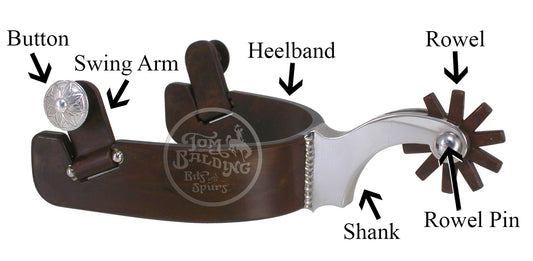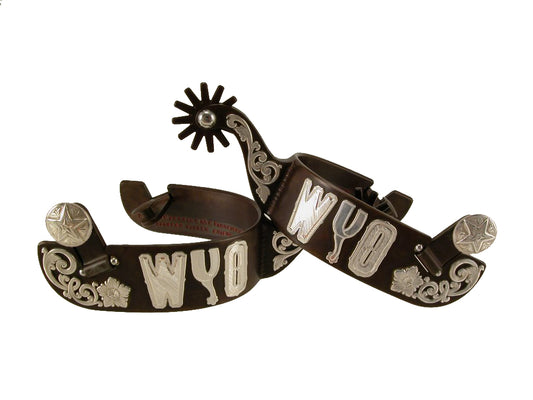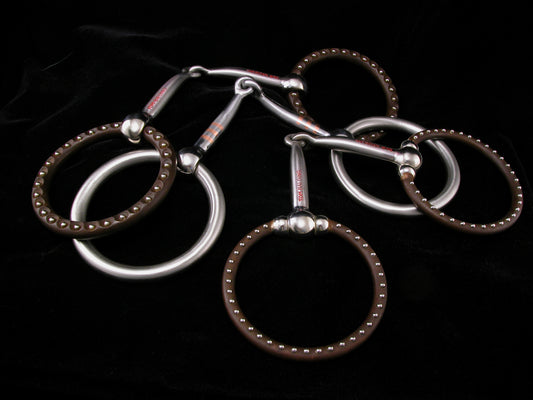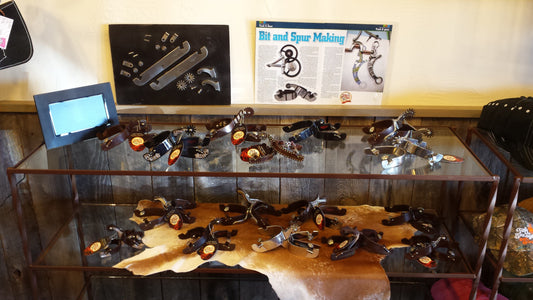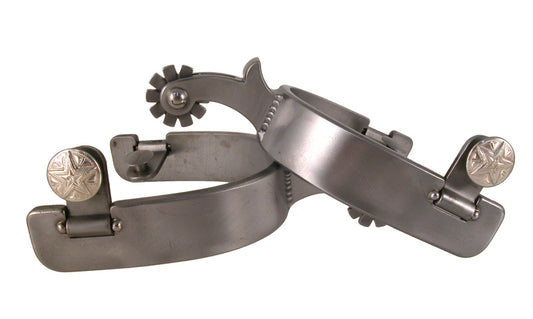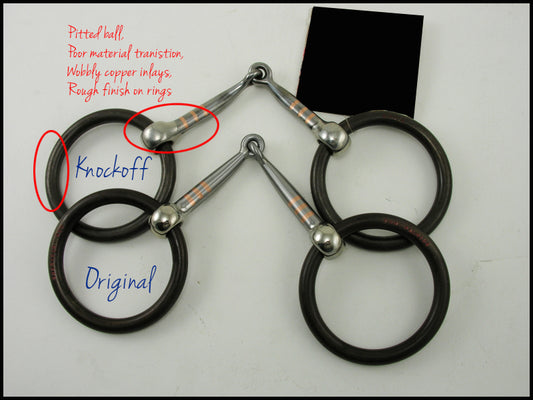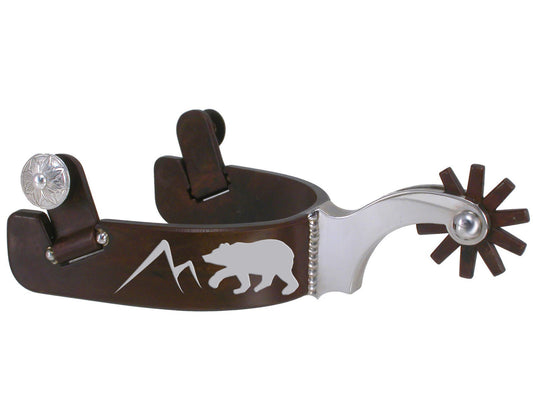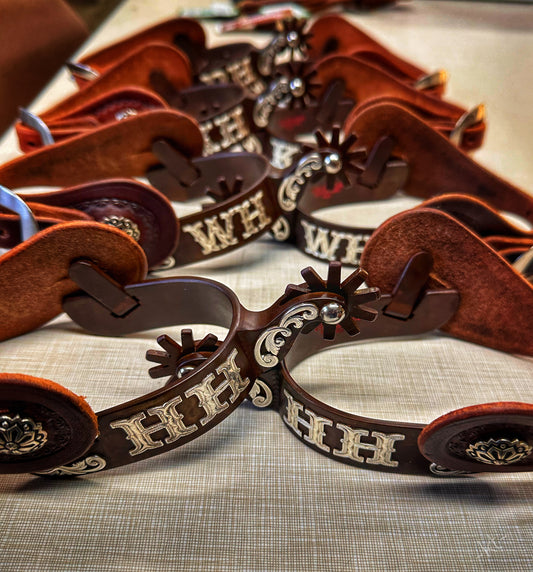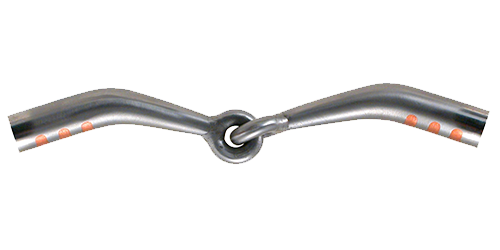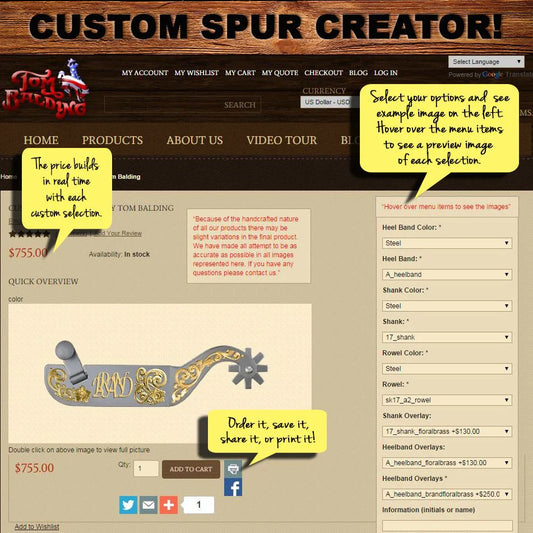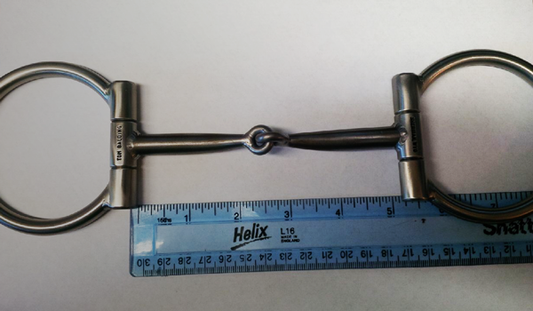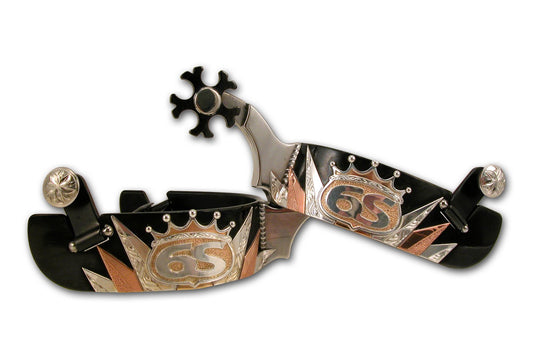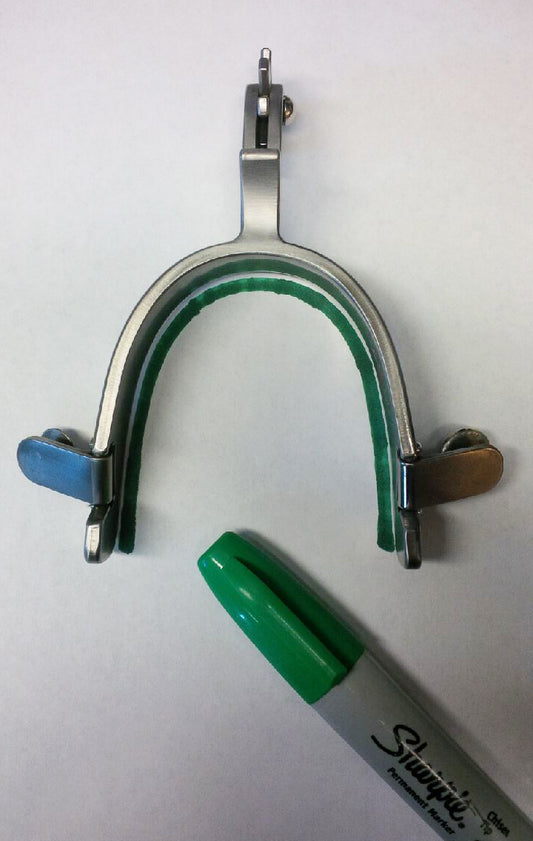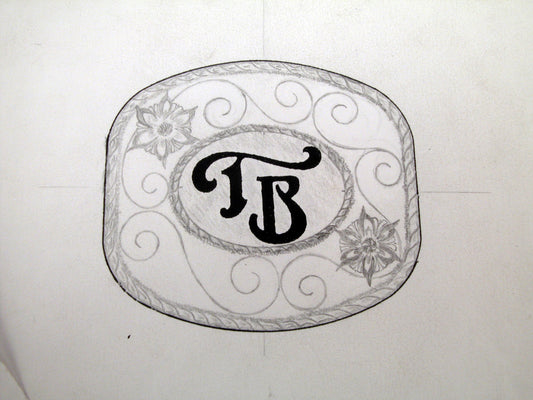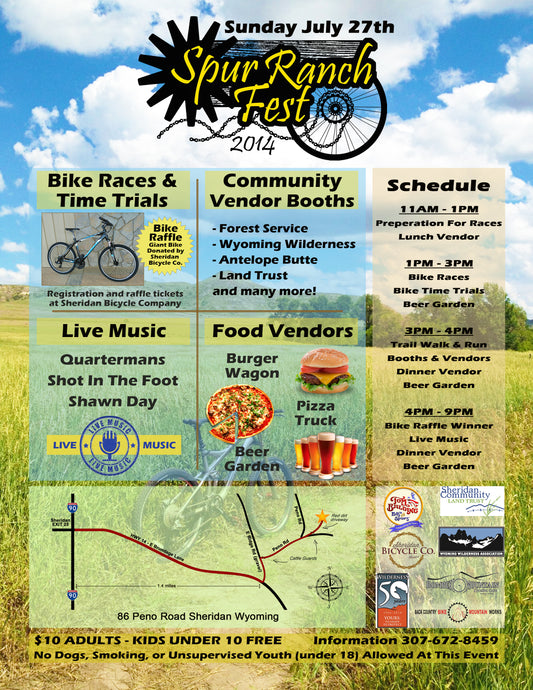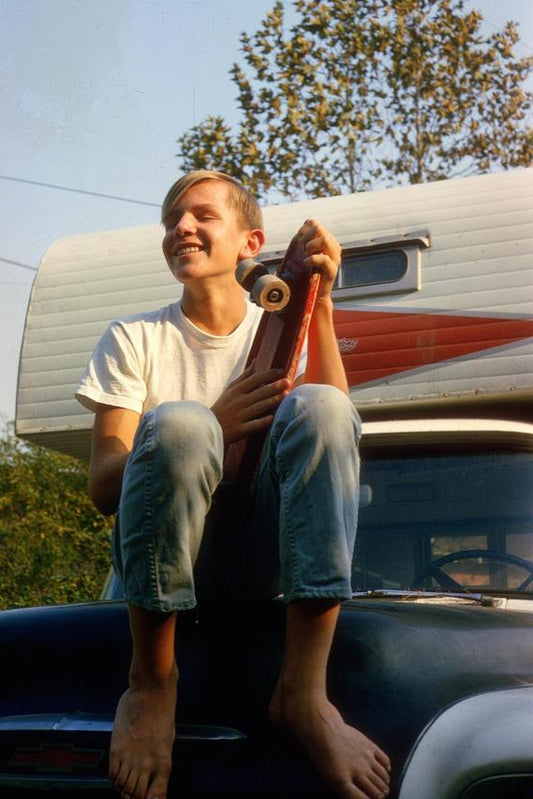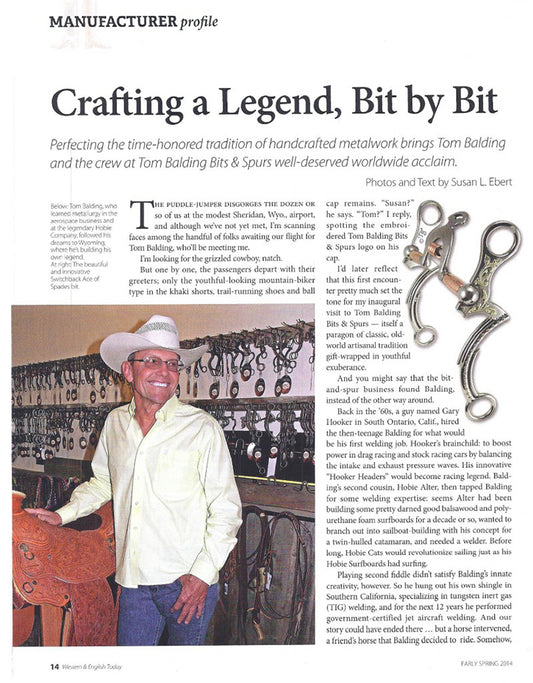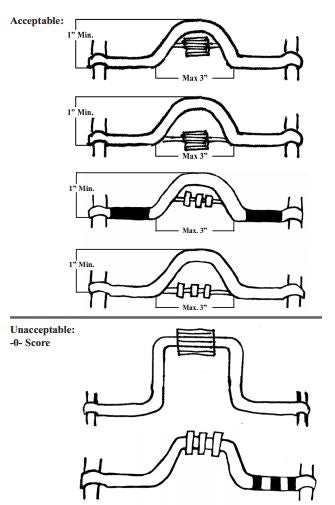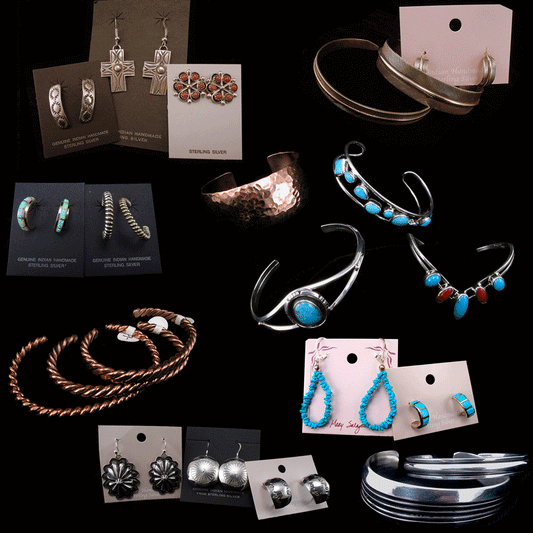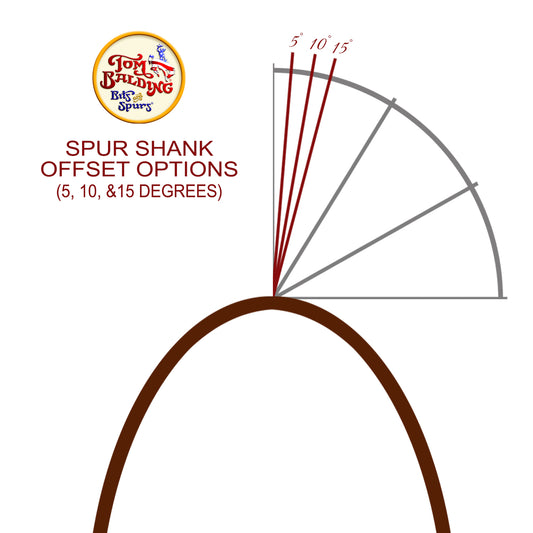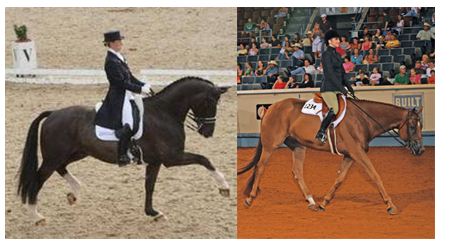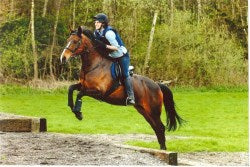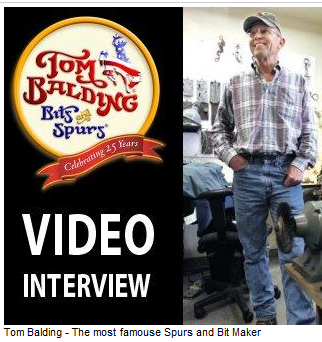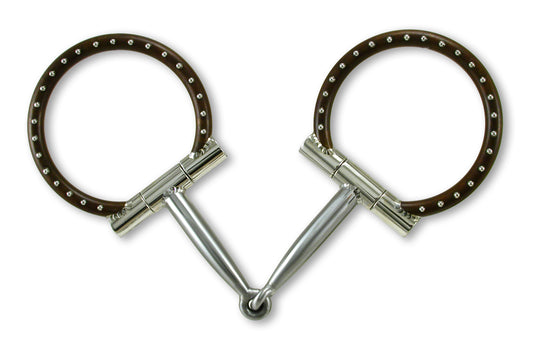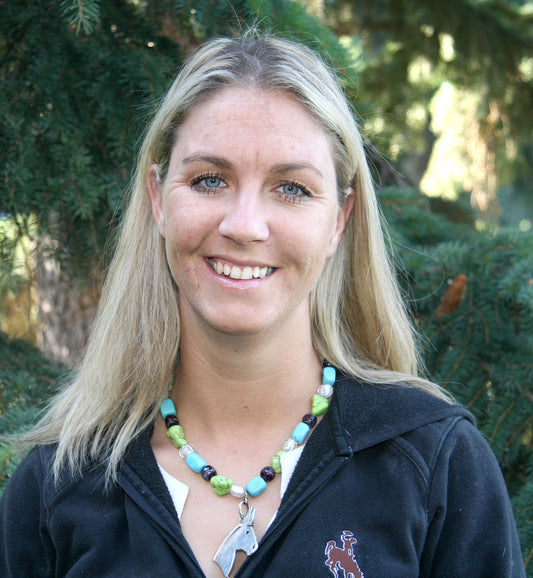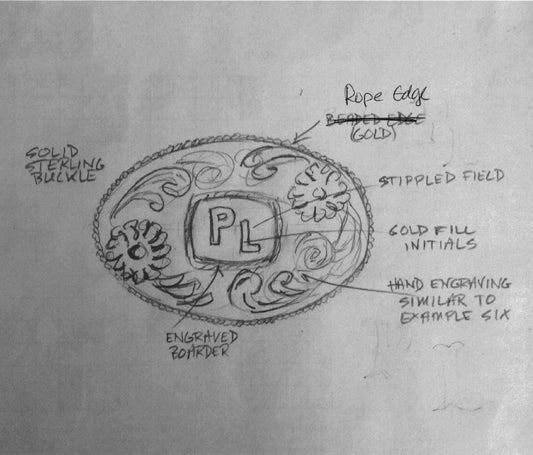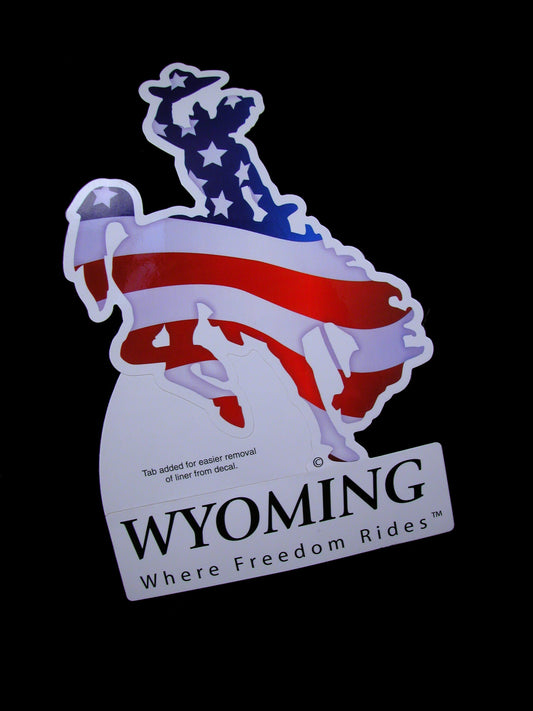News
- sales sales on "whats in your horses mouth?" ~ article by amy mclean
- sales sales on "whats in your horses mouth?" ~ article by amy mclean
- debbie on "whats in your horses mouth?" ~ article by amy mclean
- kent taylor on "whats in your horses mouth?" ~ article by amy mclean
- red bottoms shoes for women on welcome to our new blog!
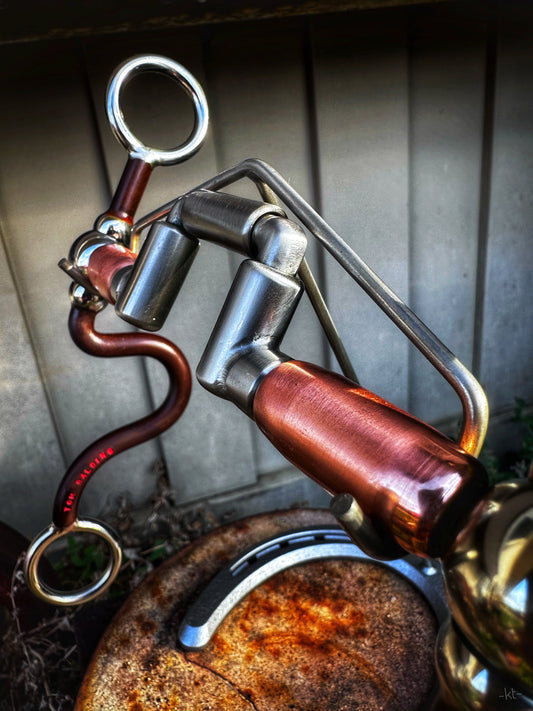
Copper Rollers in Horse Bits: Promoting a Softe...
Copper Rollers in Horse Bits: Promoting a Softer Mouth Through Taste & Salivation Whenever you see a bit with copper rollers (or copper inlays), it’s not just a decorative touch — there is real reasoning (and some trade-offs) behind the design. Below is an in-depth look at how copper rollers work, why many riders use them, and what precautions to take. What are copper rollers (or copper inlays) in a bit? A roller is a small cylindrical or spherical part mounted on the mouthpiece (or on the bars) that can rotate or shift slightly. In bits with copper rollers, those rollers (or inlaid bits) are made of, or coated with, copper or a copper alloy. Sometimes, bits will have stainless steel overall for strength and durability, with copper incorporated only in the rollers or inlays — combining structural integrity with the “sweet metal” properties. A well-known copper alloy in bit manufacturing is Aurigan, which is about 85% copper, plus silicon and zinc. Because it is nickel-free, it reduces the risk of nickel allergy in horses. Wikipedia Why use copper rollers — what’s the “softer mouth” principle? Here are the main reasons copper rollers are used, and how they help encourage...
Read MoreCopper Rollers in Horse Bits: Promoting a Softe...
Copper Rollers in Horse Bits: Promoting a Softer Mouth Through Taste & Salivation Whenever you see a bit with copper rollers (or copper inlays), it’s not just a decorative touch — there is real reasoning (and some trade-offs) behind the design. Below is an in-depth look at how copper rollers work, why many riders use them, and what precautions to take. What are copper rollers (or copper inlays) in a bit? A roller is a small cylindrical or spherical part mounted on the mouthpiece (or on the bars) that can rotate or shift slightly. In bits with copper rollers, those rollers (or inlaid bits) are made of, or coated with, copper or a copper alloy. Sometimes, bits will have stainless steel overall for strength and durability, with copper incorporated only in the rollers or inlays — combining structural integrity with the “sweet metal” properties. A well-known copper alloy in bit manufacturing is Aurigan, which is about 85% copper, plus silicon and zinc. Because it is nickel-free, it reduces the risk of nickel allergy in horses. Wikipedia Why use copper rollers — what’s the “softer mouth” principle? Here are the main reasons copper rollers are used, and how they help encourage...
Read More
Return Policy
Return Policy At Tom Balding Bits & Spurs, every item is individually handcrafted with precision and pride. Because each piece is built to order or customized to your specifications, returns are rare—but we want you to be completely satisfied with your purchase. Before You Order We encourage customers to: Take advantage of our Trial Bit Program to ensure the correct fit and function before placing an order. Contact our office with any questions when ordering spurs, bits, or custom pieces. Our team is always happy to help guide your selection. Returns If a return is necessary, please contact us within 7 days of receiving your order. Items must be unused and in original condition for consideration. Custom width mouthpiece or personalized items (including engraved or branded pieces) are non-returnable unless there is a defect or error on our part. All returns must be approved in advance by our office. Once your return is received and inspected, we’ll contact you regarding approval and refund or exchange options. Shipping charges are non-refundable. Contact Us If you have any questions before or after ordering, please reach out to our friendly staff at📞 307-672-8459 or ✉️sales@tombalding.com We take great...
Read MoreReturn Policy
Return Policy At Tom Balding Bits & Spurs, every item is individually handcrafted with precision and pride. Because each piece is built to order or customized to your specifications, returns are rare—but we want you to be completely satisfied with your purchase. Before You Order We encourage customers to: Take advantage of our Trial Bit Program to ensure the correct fit and function before placing an order. Contact our office with any questions when ordering spurs, bits, or custom pieces. Our team is always happy to help guide your selection. Returns If a return is necessary, please contact us within 7 days of receiving your order. Items must be unused and in original condition for consideration. Custom width mouthpiece or personalized items (including engraved or branded pieces) are non-returnable unless there is a defect or error on our part. All returns must be approved in advance by our office. Once your return is received and inspected, we’ll contact you regarding approval and refund or exchange options. Shipping charges are non-refundable. Contact Us If you have any questions before or after ordering, please reach out to our friendly staff at📞 307-672-8459 or ✉️sales@tombalding.com We take great...
Read More
Shipping Policy
Shipping Policy At Tom Balding Bits & Spurs, we take great care in packaging and shipping each handcrafted item to ensure it arrives safely and on time. Shipping Methods We ship using the carrier you select during checkout — UPS or USPS (Post Office). All domestic orders include tracking information once shipped. Shipping rates are automatically calculated at checkout based on weight, size, and destination. International Shipping We proudly ship worldwide. International customers are responsible for any applicable customs duties, import taxes, or fees charged by their country. Delivery times vary by destination and customs processing. Processing Times In-stock items typically ship within 3–5 business days. Made-to-order or custom items will ship once completed, and current build times vary — please refer to product descriptions or contact us for estimated timeframes. Delivery Issues Once your package leaves our facility, delivery is handled by the selected carrier.If your order appears delayed or lost, please contact us — we’ll assist however possible in working with the carrier to locate your package. Contact Us If you have questions about shipping options or timelines, please call us at📞 307-672-8459 or email ✉️ sales@tombalding.com We appreciate your patience and...
Read MoreShipping Policy
Shipping Policy At Tom Balding Bits & Spurs, we take great care in packaging and shipping each handcrafted item to ensure it arrives safely and on time. Shipping Methods We ship using the carrier you select during checkout — UPS or USPS (Post Office). All domestic orders include tracking information once shipped. Shipping rates are automatically calculated at checkout based on weight, size, and destination. International Shipping We proudly ship worldwide. International customers are responsible for any applicable customs duties, import taxes, or fees charged by their country. Delivery times vary by destination and customs processing. Processing Times In-stock items typically ship within 3–5 business days. Made-to-order or custom items will ship once completed, and current build times vary — please refer to product descriptions or contact us for estimated timeframes. Delivery Issues Once your package leaves our facility, delivery is handled by the selected carrier.If your order appears delayed or lost, please contact us — we’ll assist however possible in working with the carrier to locate your package. Contact Us If you have questions about shipping options or timelines, please call us at📞 307-672-8459 or email ✉️ sales@tombalding.com We appreciate your patience and...
Read More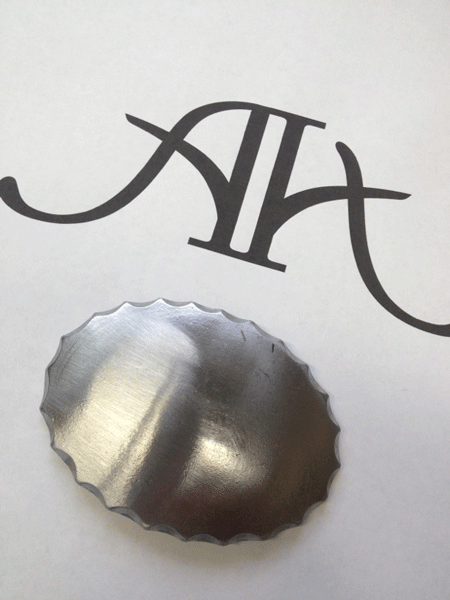
Steel Buckles - Tom's Newest Project
Steel Buckles - Tom's Newest Project In 2012 Lyle Lovett approached Tom about making a very unique buckle for his girlfriend April. Tom took this challenge to heart and developed a steel buckle he could tie into the distinctive look of his bits and spurs. He played with different shapes, finishes, and overlay concepts and came up with a squared buckle in his signature brown finish featuring his stainless dots in a progressively smaller corner orientation. Lyle further customized the buckle with a personal message stamped on the backside and presented it to a very happy April. Since then, Tom has built different orientations of this steel buckle concept for several customers including a guest ranch. This blog is the step by step walk through of the process it takes to complete these beautiful buckles. Please note that these are broad steps that hold many small steps within. We hope you enjoy it as much as we did! Step one: The name, logo, or initials are determined. Step two: The overlay is hand cut from sterling silver or alternatively chosen material. Step three: The back of the buckle is welded as per the fastening preference. Step four: Embellishments (dots, etc.) are welded...
Read MoreSteel Buckles - Tom's Newest Project
Steel Buckles - Tom's Newest Project In 2012 Lyle Lovett approached Tom about making a very unique buckle for his girlfriend April. Tom took this challenge to heart and developed a steel buckle he could tie into the distinctive look of his bits and spurs. He played with different shapes, finishes, and overlay concepts and came up with a squared buckle in his signature brown finish featuring his stainless dots in a progressively smaller corner orientation. Lyle further customized the buckle with a personal message stamped on the backside and presented it to a very happy April. Since then, Tom has built different orientations of this steel buckle concept for several customers including a guest ranch. This blog is the step by step walk through of the process it takes to complete these beautiful buckles. Please note that these are broad steps that hold many small steps within. We hope you enjoy it as much as we did! Step one: The name, logo, or initials are determined. Step two: The overlay is hand cut from sterling silver or alternatively chosen material. Step three: The back of the buckle is welded as per the fastening preference. Step four: Embellishments (dots, etc.) are welded...
Read More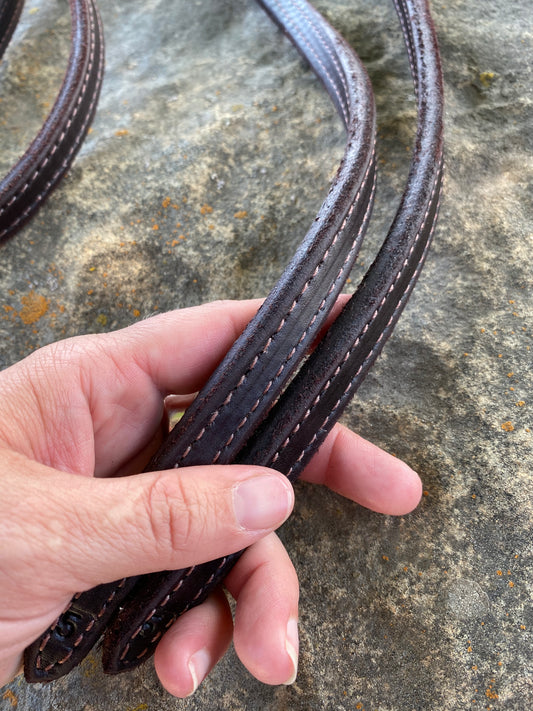
SOFT HANDS
We love this article on riding with soft hands by trainer - Jane Savoie on horsetalk.co.nz. "Riding with soft hands is an awesome goal, and your horse will thank you for it. In this tip, I’m going to give you two physical and also some mental exercises. Here are the physical exercises. Tie two reins or ropes or even two pieces of baling twine to a sturdy fence. Hold the ropes as if they are reins. Take up a contract of at least 10 pounds in each hand. Then, adjust the weight of the reins by softening your arms. Go from 10 pounds to 5 pounds, back to 10 pounds and then to 2 pounds. Once you get this feeling of adjusting the weight of the reins, you can transfer the same technique to your riding when you feel yourself getting too strong. The next exercise is a progressive relaxation exercise. Progressive relaxation means that the more tightly you hold a muscle, the more deeply it relaxes when you let go. So let’s tire out those strong hands. With your fingers curled around the reins, clench your hands into fists. Increase the tension until your hands are shaking. Then relax...
Read MoreSOFT HANDS
We love this article on riding with soft hands by trainer - Jane Savoie on horsetalk.co.nz. "Riding with soft hands is an awesome goal, and your horse will thank you for it. In this tip, I’m going to give you two physical and also some mental exercises. Here are the physical exercises. Tie two reins or ropes or even two pieces of baling twine to a sturdy fence. Hold the ropes as if they are reins. Take up a contract of at least 10 pounds in each hand. Then, adjust the weight of the reins by softening your arms. Go from 10 pounds to 5 pounds, back to 10 pounds and then to 2 pounds. Once you get this feeling of adjusting the weight of the reins, you can transfer the same technique to your riding when you feel yourself getting too strong. The next exercise is a progressive relaxation exercise. Progressive relaxation means that the more tightly you hold a muscle, the more deeply it relaxes when you let go. So let’s tire out those strong hands. With your fingers curled around the reins, clench your hands into fists. Increase the tension until your hands are shaking. Then relax...
Read More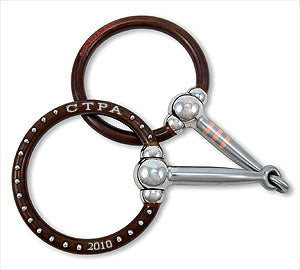
Bit Basics
Understanding the importance of materials in the mouthpiece of your bits is a huge key to how successful you will be at getting the most out of your horse's performance. There are many options for bits and not all horses like the same mouthpiece. Granted, sometimes it is not the bit but whose hands the bit is in that can ultimately determine if the horse is responsive or accepting. A good sign that a horse has accepted its bit is the way he carries his head. A horse that is soft or accepting of the bit is flexing at the poll, relaxed at the jaw, and not mouthing the bit. Some common behaviors for not accepting the bit include head-tossing, chewing, or gaping mouth. If one sees their horse displaying such behavior, it is always a good idea to have your horse’s teeth checked as well as checking to see if there are sharp edges or pinching. Another major sign to look for is if the horse is producing saliva. Increased saliva production will increase sensitivity and allow the bit to properly roll and rotate in the horse’s mouth. Various metals used to make mouthpieces, such as steel (sometimes referred...
Read MoreBit Basics
Understanding the importance of materials in the mouthpiece of your bits is a huge key to how successful you will be at getting the most out of your horse's performance. There are many options for bits and not all horses like the same mouthpiece. Granted, sometimes it is not the bit but whose hands the bit is in that can ultimately determine if the horse is responsive or accepting. A good sign that a horse has accepted its bit is the way he carries his head. A horse that is soft or accepting of the bit is flexing at the poll, relaxed at the jaw, and not mouthing the bit. Some common behaviors for not accepting the bit include head-tossing, chewing, or gaping mouth. If one sees their horse displaying such behavior, it is always a good idea to have your horse’s teeth checked as well as checking to see if there are sharp edges or pinching. Another major sign to look for is if the horse is producing saliva. Increased saliva production will increase sensitivity and allow the bit to properly roll and rotate in the horse’s mouth. Various metals used to make mouthpieces, such as steel (sometimes referred...
Read More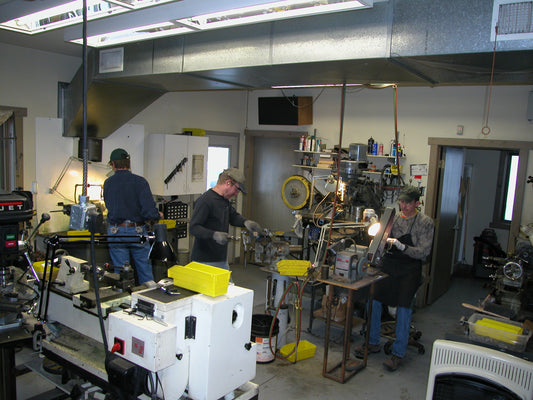
IF IT AIN'T BROKE...
IF IT AIN'T BROKE... don't replace it! Each bit and spur is hand build through the initial machining down to the hand engraved initials. Through the years Tom has acquired many pieces of equipment to help make the bit and spur building process more efficient - for bending, drilling, and cutting the raw metal. Each piece of equipment has lived a little life before making it to our shop, and is put through rigorous use as it is manned by Tom, Sam, Justin, and Ryan. Here you can see a glimpse of the larger machines in the main fabrication room. This is where the the stock material coming in starts to take shape as a bit or spur. There are exceptions - machines that were purchased new. Toms welder, bought in 1973 to start his welding business, was one of those items. It finally broke down and repair is not possible. It was a bittersweet parting for Tom. He bought the helmet the same day, but it still has a lot of miles left on it. New equipment is also brought in if the technology is able to add value to you, our customers. An example of this is our...
Read MoreIF IT AIN'T BROKE...
IF IT AIN'T BROKE... don't replace it! Each bit and spur is hand build through the initial machining down to the hand engraved initials. Through the years Tom has acquired many pieces of equipment to help make the bit and spur building process more efficient - for bending, drilling, and cutting the raw metal. Each piece of equipment has lived a little life before making it to our shop, and is put through rigorous use as it is manned by Tom, Sam, Justin, and Ryan. Here you can see a glimpse of the larger machines in the main fabrication room. This is where the the stock material coming in starts to take shape as a bit or spur. There are exceptions - machines that were purchased new. Toms welder, bought in 1973 to start his welding business, was one of those items. It finally broke down and repair is not possible. It was a bittersweet parting for Tom. He bought the helmet the same day, but it still has a lot of miles left on it. New equipment is also brought in if the technology is able to add value to you, our customers. An example of this is our...
Read More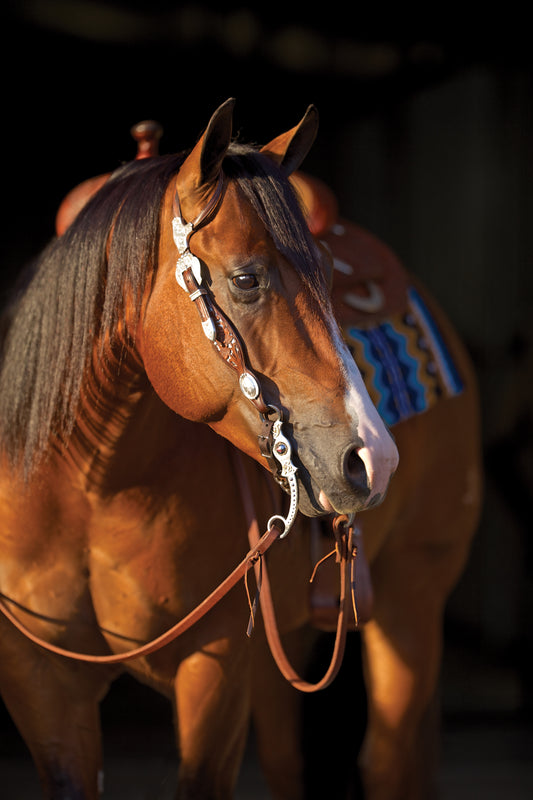
ARE YOU A HORSE PERSON?
ARE YOU A HORSE PERSON? We love this great list from Pro Equine Grooms and want to share it with you here. "-You speak horse. You understand how their brains work, how to read their body language, and how to influence and train their behavior in positive ways. Giant, thick books on the topic have been written, you have memorized them all, and you still learn each and every day about how horses communicate by observing and interacting with horses. -You also speak human. All this horse knowledge is useless if you can’t “play nice” with your boss, your co-workers, the barn clients. You will also recognize your own needs, and the needs of those around you. Yes, “horses come first” but at some point, you need to sit your butt down and eat a sandwich and take care of yourself. No horse will die if you wait 30 minutes to clean stalls or do some turnouts. -Spend time focusing on the basics, the simple things. The tricks will follow. This goes for hand work and under saddle work. If you have a horse that dances in the cross ties or likes to be a jerk when you are leading him,...
Read MoreARE YOU A HORSE PERSON?
ARE YOU A HORSE PERSON? We love this great list from Pro Equine Grooms and want to share it with you here. "-You speak horse. You understand how their brains work, how to read their body language, and how to influence and train their behavior in positive ways. Giant, thick books on the topic have been written, you have memorized them all, and you still learn each and every day about how horses communicate by observing and interacting with horses. -You also speak human. All this horse knowledge is useless if you can’t “play nice” with your boss, your co-workers, the barn clients. You will also recognize your own needs, and the needs of those around you. Yes, “horses come first” but at some point, you need to sit your butt down and eat a sandwich and take care of yourself. No horse will die if you wait 30 minutes to clean stalls or do some turnouts. -Spend time focusing on the basics, the simple things. The tricks will follow. This goes for hand work and under saddle work. If you have a horse that dances in the cross ties or likes to be a jerk when you are leading him,...
Read More